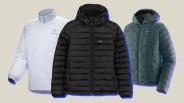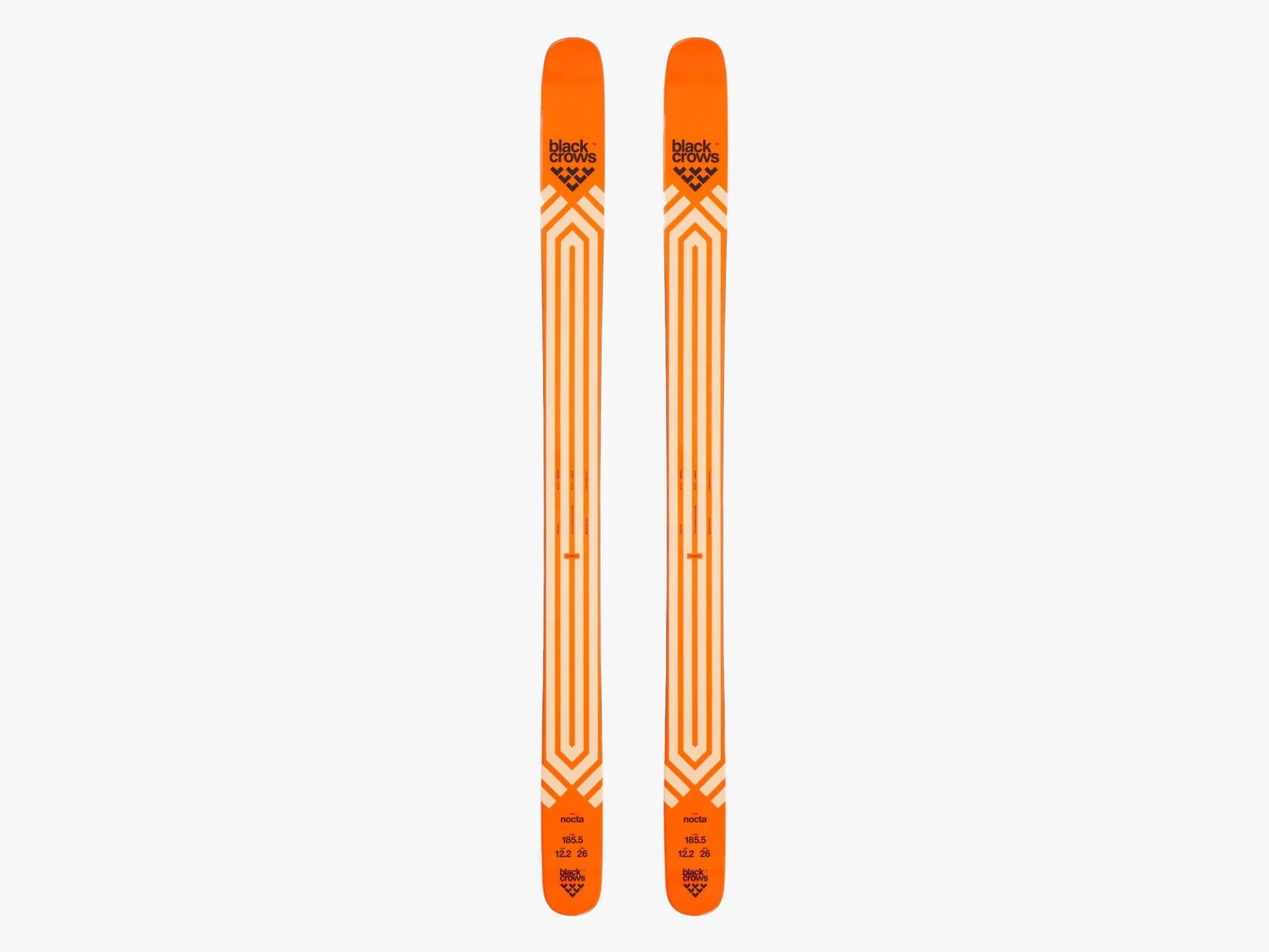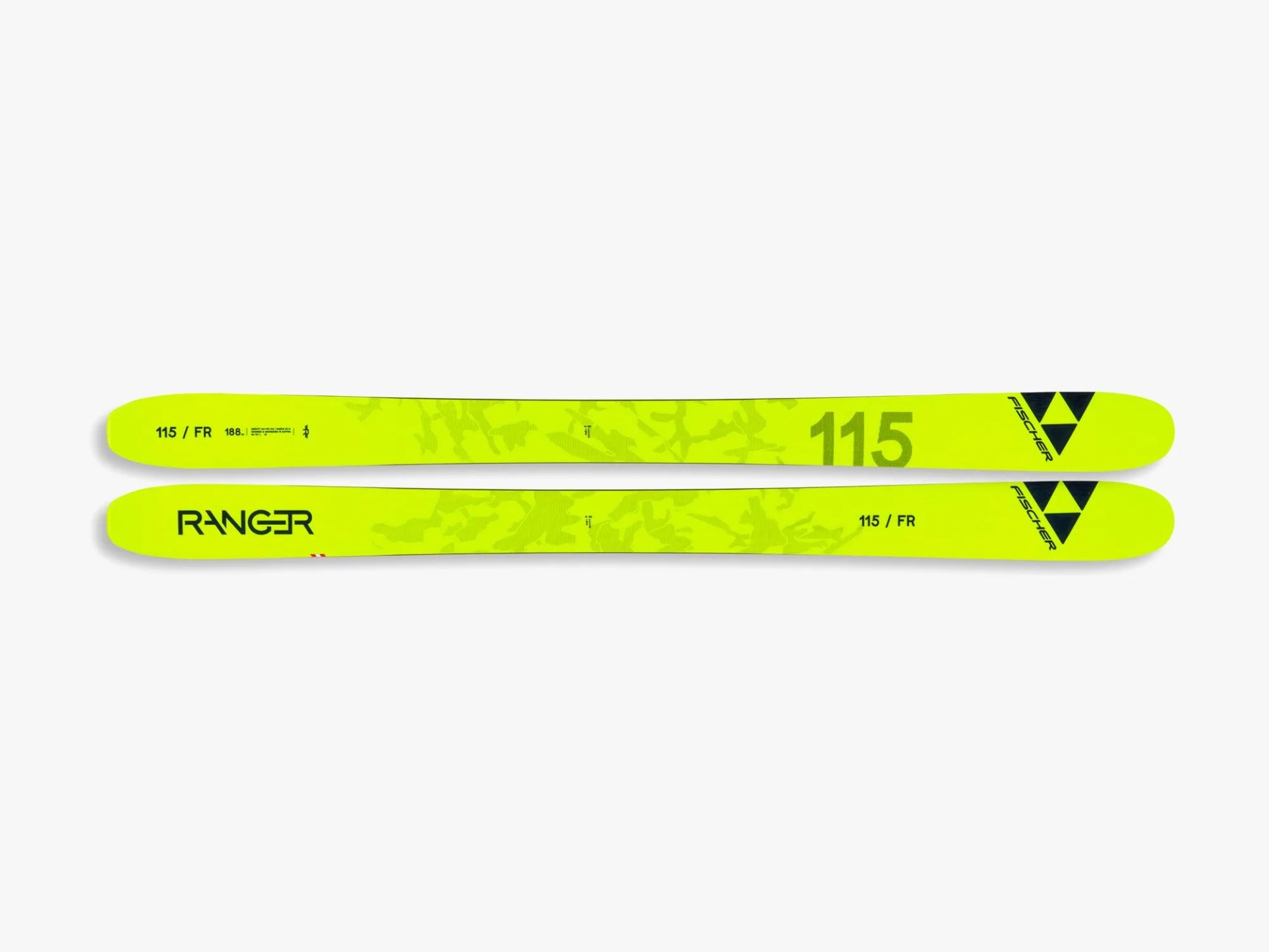Twenty-some years ago I made my first turns at the local hill in northern Minnesota, trying to keep up with more experienced friends. Dropping into Koo Koo, an icy run with a moderate 25-degree slope, the hand-me-down Elans under my feet chattered like a Morse Code telegraph on D-Day. After linking three sequential turns, the inevitable happened.
Accelerating too quickly, I caught an edge and toppled over like a baby deer learning to walk. After recovering my poles and sheepishly standing up, I b-lined to the lodge, figuring hot chocolate would help restore some confidence. With time my technique improved and eventually I fell in love with the sport. Today I celebrate the annual fall ski waxing as if it’s a national holiday on par with Christmas.
At 65mm underfoot, my first skis were fairly average for the early 2000s. But the majority of last season I rode skis nearly twice as wide, 115mm. After countless skin track conversations about ski width, I realized this article was necessary. So here’s my four-point case for you to fatten up.
1. They Are Easier
There’s a near-universal assumption that people with bigger skis are better skiers. Let me debunk that theory immediately. In fact, the opposite might be true. Bigger skis provide more stability at higher speeds, which makes them safer — and great for beginner and intermediate skiers. Sure, Olympians use skinny skis, but they also wear bodysuits. Can you really trust someone in a skin-tight nylon onesie?
Alright, alright. Skinny skis do have some advantages, namely a smaller turn radius and being easier to lay over, making them great for moguls and smooth corduroy. But that’s about it. Skinny skis sink in powder and get knocked around on ice, crud and tracked-out snow. With less surface area and weight, you need to be a more technical skier — or deep in the backseat — to rip the that kind terrain the way you can on fat skis.




